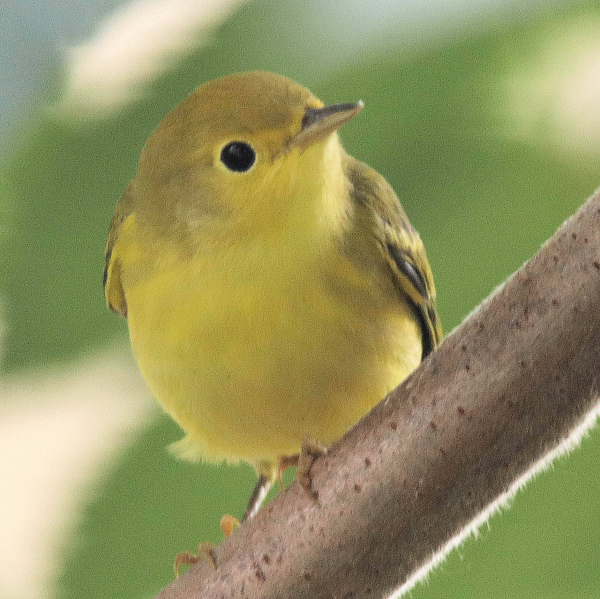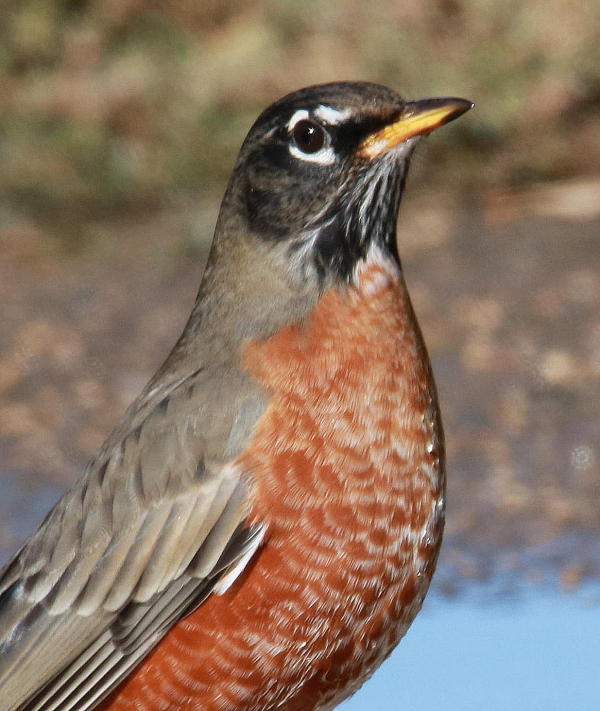Nightime is the Right Time for Coyotes
By Glen Wunderlich
Friday’s snowfall is sure to have the returning migratory birds second-guessing their programmer’s sanity for compelling them to return to their spring nesting grounds. If I could understand the calls of the sandhill cranes, I’m sure they’d be translated to HELP! For predators, however, it’ll be just another day of winter; for me, it means one more chance at a coyote after dark before nighttime hunting concludes March 1st.
First, we need to understand Michigan’s rules relative to devices, firearms, and predators to be legal afield after dark. Only raccoon, opossum, coyote and fox may be hunted at night with game or predator call only. Firearms may be loaded or arrows nocked only when using call. Only lights similar to the type ordinarily held in the hand or on the person are permitted. The use of natural light, night-vision optics, and scopes is legal, including laser sights.
The only legal firearms for night hunting are .22 or smaller caliber rimfire rifles or handguns, or shotguns with loads other than buckshot, slug, ball or cut shell.
Although shotguns can provide more than adequate power to take coyotes, they are-short-range propositions but are useful tools – especially if used in tandem with a partner carrying a rimfire rifle. Sometimes, a ‘yote can get a bit too close, yielding high-power, scoped rifles useless. A scattergun with heavy shot can sure get the job done, though.
Thermal-imaging technology is out of the budgetary reach of most sportsmen, including me. But, advancements in LED lighting technology have provided hunters with very affordable alternatives to hunt in the dark.
Being more of a rifleman, my rig consists of a Savage bolt-action rifle in .17 HMR caliber, topped with a rimfire scope, topped with a green LED predator light from Elusive Wildlife Technologies, Inc. The light is actually mounted atop the scope with special rings provided by the manufacturer. The light can be activated by use of a pressure switch mounted anywhere on the firearm or by a push-button switch on the rear of the light. Green, red and white LED bulbs are available; colored filtering lenses are not used.
I was pleasantly surprised by the simplicity of the light mounting system, although no instructions were included. The light merely clamps onto an existing scope and its beam illuminates the target as far away as 250 yards, depending on conditions. (If it’s snowing, forget it.)
Rimfires are definitely on the wimpy side for predators the size of coyotes, but if you choose to be legal at night, you’re stuck with them or even shorter-range rigs. On the plus side, I have found the .17 HMR to be extremely accurate at 100 yards, as evidenced by my last test group measured under ½ inch with 20-grain Hornady XTP rounds.
Because of the diminutive nature of rimfire bullets and their relative energy, my choice is to go with controlled-expansion bullets – those that are designed to retain their weight upon contact, rather than to disintegrate. No matter what rimfire caliber and bullet you choose in your loads, accuracy cannot be stressed too much for humane kills.
I’ve only done a few nighttime varmint sets but I can tell you it’s an unimaginable thrill when a predator responds and is lit up. And, since breeding season for coyotes is here, they’re looking for love nearby tonight. But, nighttime can be the right time to put them to sleep – forever.







